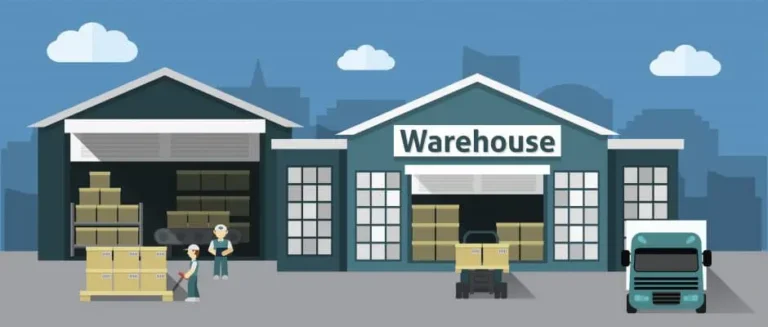Key Takeaways:
- Emerging technologies are shaping the future of warehouse storage.
- Sustainable practices are becoming increasingly important.
- Data-driven decision-making enhances warehouse management.
- Flexibility and adaptability are essential in modern warehousing.
Introduction to Modern Warehouse Storage
Warehouse storage has evolved significantly from the days of simple stacking and basic shelving methods. Today, it integrates advanced technologies and innovative practices that streamline operations and meet contemporary demands. Companies have started utilizing sophisticated warehouse storage solutions to enhance efficiency and increase productivity. Website https://warehousingit.com/capabilities/warehouse-storage/ explores the trends shaping the warehousing landscape and the future trajectory, offering practical insights and forward-thinking perspectives.
The Role of Automation in Warehousing
Automation is drastically transforming warehousing operations by making them more streamlined and efficient. Today, technologies like Automated Guided Vehicles (AGVs), which transport goods seamlessly within the warehouse, and robotic arms, which handle tasks such as picking and placing items, have become the norm. These automated tools are crucial because they minimize human error while significantly boosting productivity. According to a recent report, the importance of automation extends beyond operational speed and cost efficiency; it also enhances accuracy and reliability, enabling businesses to meet increasing consumer demands promptly.
Artificial Intelligence and Machine Learning
AI aids in optimizing inventory levels by accurately forecasting demand based on historical data and current trends. Furthermore, machine learning algorithms analyze massive data sets to identify patterns and predict future needs, thus providing actionable insights for better resource management. By leveraging AI, warehouses can make informed decisions that enhance overall efficiency, reduce waste, and ensure that the right products are available at the right time, ultimately improving customer satisfaction.
Sustainability in Warehouse Operations
As environmental concerns grow and regulations become stricter, sustainable practices in warehousing are not just about following trends; they are becoming a business necessity. Warehouses are adopting various green practices, such as implementing energy-efficient lighting, optimizing space utilization, and using renewable energy sources like solar panels. In addition, some companies are investing in eco-friendly packaging materials and recycling programs to reduce their environmental footprint. These sustainable initiatives contribute to a healthier planet and result in long-term cost savings and enhanced corporate reputation.
Data-Driven Decision Making
Data has become vital in modern warehousing, providing managers with crucial insights for making informed decisions. Advanced data analytics tools enable real-time inventory levels, order fulfillment rates, and transportation logistics tracking. This real-time data helps managers to make swift adjustments that can preempt potential bottlenecks and inefficiencies. A recent report highlights that companies utilizing big data analytics see significant improvements in their overall warehouse operations, resulting in better inventory management, reduced operational costs, and increased efficiency.
Flexibility and Adaptability
Adjusting to evolving situations is essential for any warehouse operation in today’s dynamic market. Warehouses can easily adjust space with modular shelves and dynamic slotting systems. This adaptability is particularly critical in e-commerce environments, where demand can be highly unpredictable and fluctuate rapidly. By adopting flexible and adaptable practices, warehouses can better handle fluctuating inventory levels and meet customer demands more efficiently.
Conclusion
The future of warehouse storage is not just promising; it is dynamic and continually evolving. Driven by technological advancements and heightened sustainability efforts, warehouses are becoming more efficient, adaptable, and environmentally friendly. Integrating automation, AI, and data analytics transforms traditional warehousing methods, making them more reliable and cost-effective.






